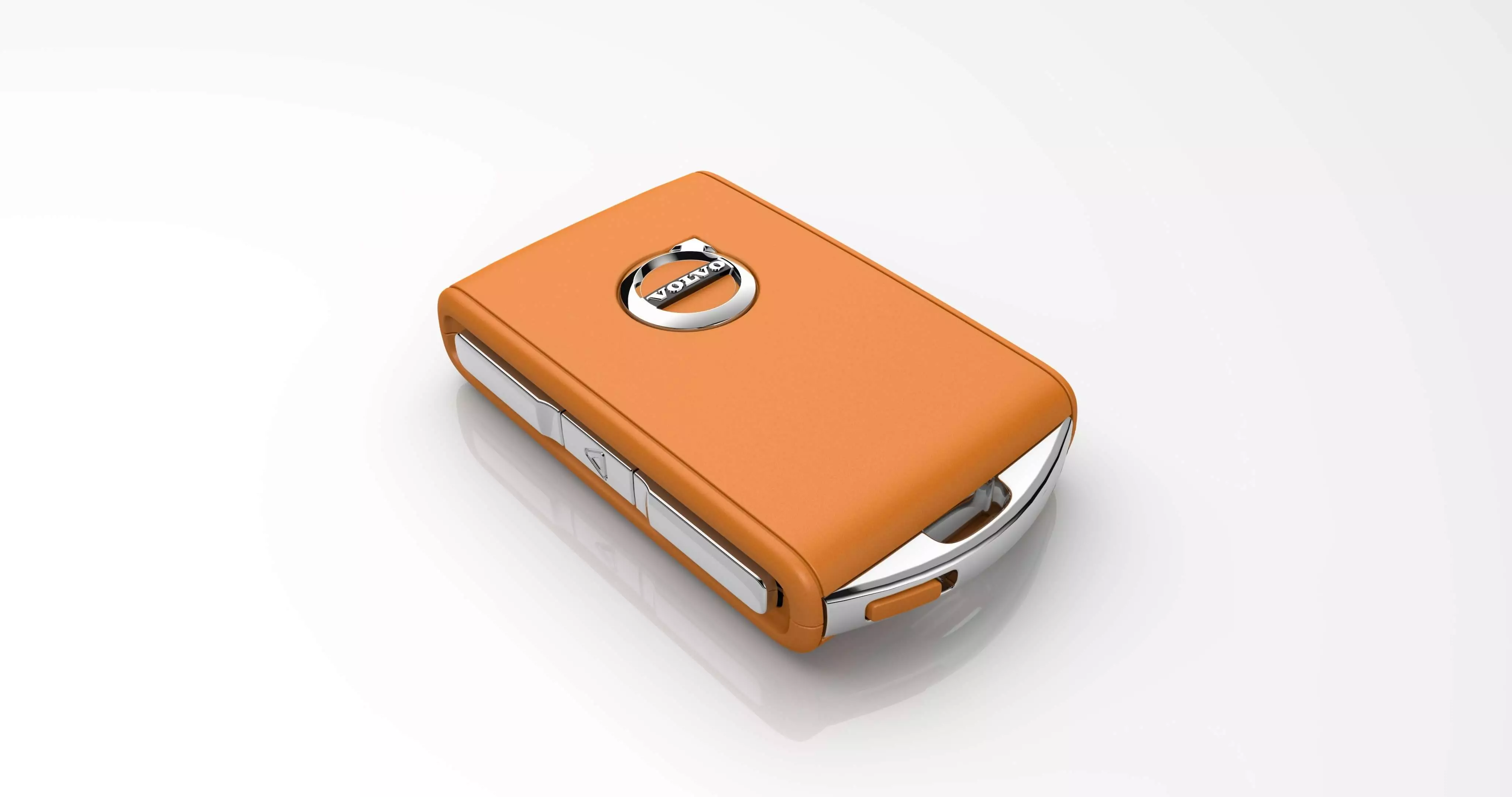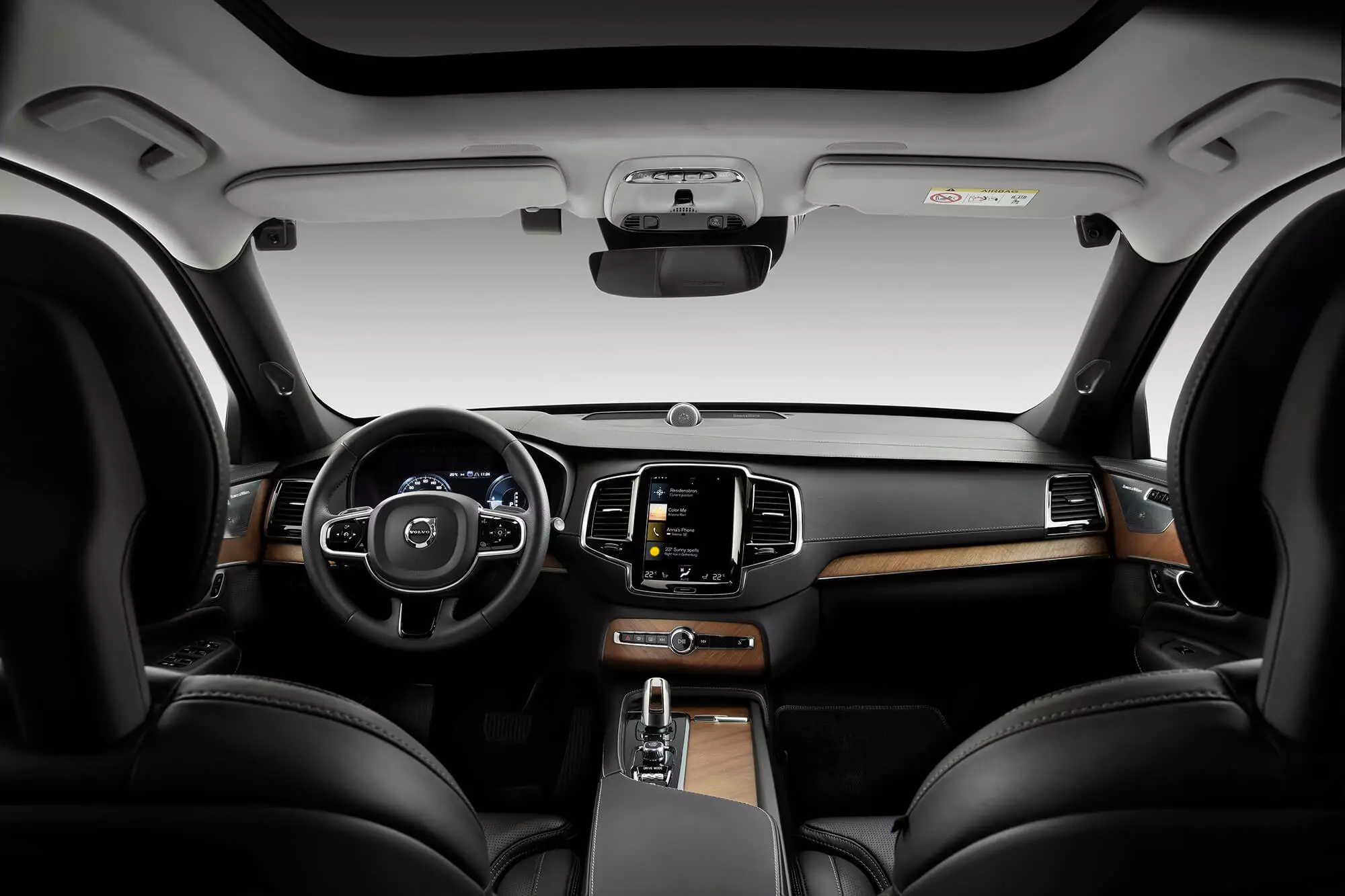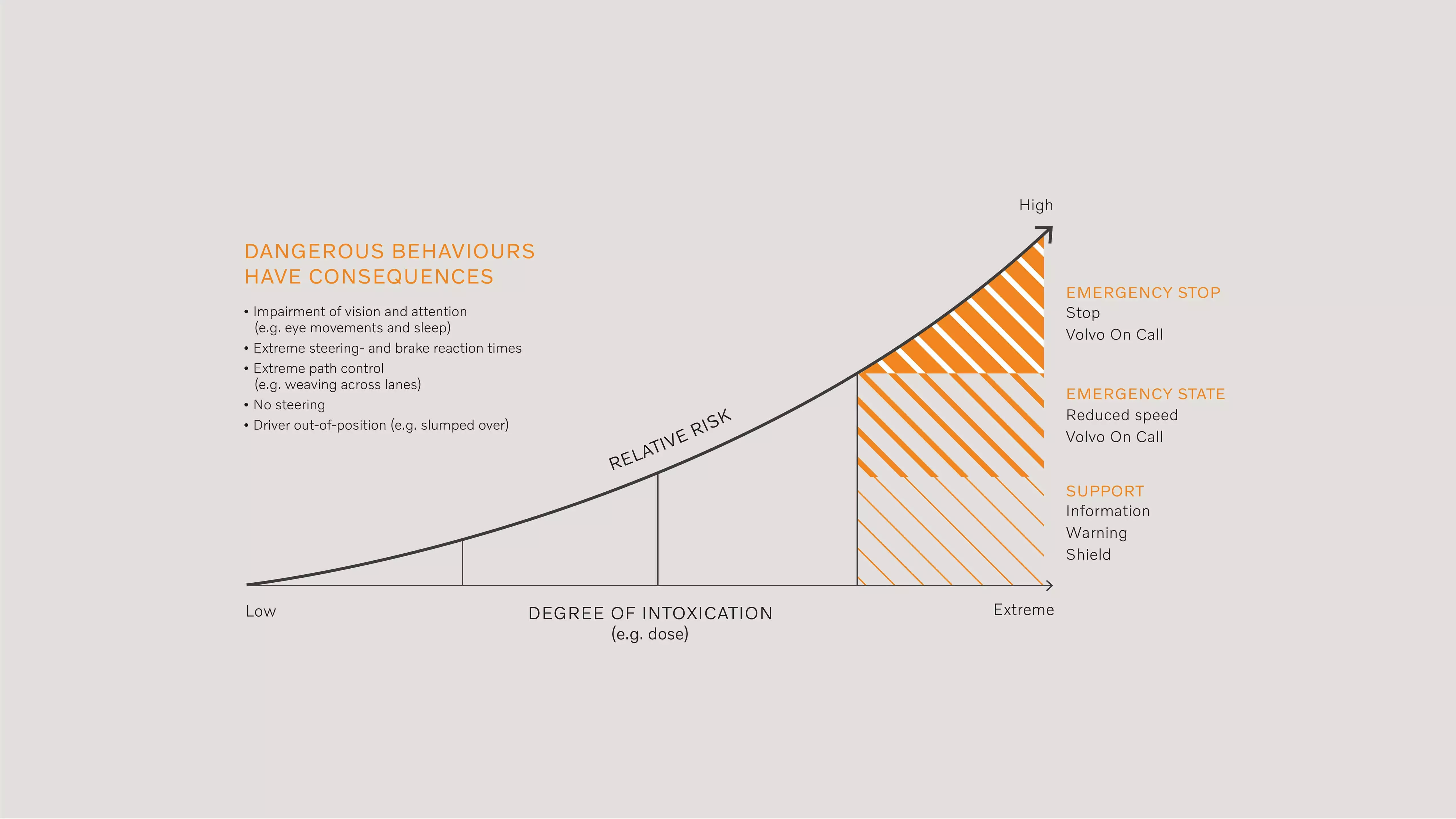Recently, Volvo announced that it would limit the maximum speed of its models to 180 km/h, one of the measures under the “Vision 2020” of the brand that intends that “no one will lose their life or be seriously injured aboard a new Volvo” from 2020.
Now, more measures have been announced in this regard, which in addition to limiting speed, will also cover driver monitoring.
Finally, for all of us to benefit from safer cars, Volvo also introduced the E. V. A. Initiative (Equal Vehicles for All or Equal Vehicles for All).
limit speed
The maximum speed limit to 180 km/h will be complemented with the introduction of a new key called CARE KEY , which gives us the possibility of not only setting a speed limit for ourselves, but also for others to whom we lend the car — whether it's a friend, or a child who has just been transferred.

Thanks to this feature, Volvo also wants to provide its customers with financial benefits. Like? Inviting several insurance companies to talks with a view to offering more advantageous conditions for the brand's car owners. The announcement of the first deal could be out very soon.
monitor the driver
Volvo claims that, in addition to speed, most road accidents are caused by intoxication and driver distraction. The brand proposes, thus, install a monitoring system capable of assessing the driver's ability to drive.
This monitoring will be achieved through the installation of cameras and other sensors that, if they detect high levels of intoxication, tiredness or distraction, will cause the car to intervene automatically if the driver does not respond to the various alerts.

This intervention could mean limiting the car's speed and alerting the Volvo on Call assistance service. In more serious cases, the car may even take control of driving, braking and parking.
Among the driver behaviors that the system will monitor are “lack of force applied to the steering wheel, eyes closed for a long period of time, excessive crossing of several lanes or very slow reaction times.”

The introduction of this monitoring system will take place from 2020, with the next generation of models of the SPA2 platform from Volvo.
E.V.A. Initiative
Volvo wants all cars to be safer, not just yours. In order for all of us to benefit from safer cars, regardless of the make of our car, Volvo will share with the rest of the automotive industry all the information collected over 40 years of its research on road safety, which will be available in a central directory digital.
A measure similar to the one that freed the three-point seat belt patent , introduced 50 years ago, in 1959, for the benefit of all of us.
Lotta Jakobsson, Professor & Senior Technical Specialist, Volvo Cars Safety CenterWe have information on tens of thousands of road accidents collected in a real environment, which has helped us to improve our cars and make them as safe as possible. This means they are built to protect everyone, regardless of gender, height or weight, far beyond the “standard man” represented by traditional crash test dummies.
The detailed analysis of tens of thousands of real accidents allowed us to gather data where it is verified, for example, that women are at greater risk of specific injuries than men in a car accident, due, in part, to the fact that the regular crash test dummy (dummy used in crash tests) is based on the male body.
The anatomical and muscular differences between men and women, consequently, also generate different levels of severity in some injuries. To mitigate this difference, Volvo created virtual crash test dummies, which allowed the development of technologies capable of protecting men, women and children equally.
It was also thanks to these data that Volvo came up with safety systems such as the WHIPS (Bullwhip Protection) in 1998, which gave rise to a new design for the seats and headrests; or the SIPS (protection in side impacts), in the 90s, which led, among others, to the introduction of side airbags and inflatable curtains, which are now common equipment in our cars.
